Abstract
In December 2019, unknown pneumonia found in Wuhan, China. This pneumonia has been called SARS-CoV-2, and this disease called COVID-19. This pneumonia has been spreading faster around the world. Indonesia is one of the biggest countries in Asia that's impacted. This pandemic forced all industrial activities to be closed; this condition affected environmental quality (i.e., air quality). This study aims to analyze the pandemic effect on air quality in the rural and urban areas in Indonesia, statistical analysis using a descriptive method used in this study. In the pandemic period from 1-18th May 2020, the concentration of PM2.5 on each place fluctuates. Based on statistical analysis with the least square method, this pandemic informed no correlation of PM2.5 with increased positive cases of COVID-19 from 1-18th May 2020 in Jambi, Jakarta, and Surabaya.
License
This is an open access article distributed under the Creative Commons Attribution License which permits unrestricted use, distribution, and reproduction in any medium, provided the original work is properly cited.
Article Type: Research Article
European Journal of Health and Biology Education, Volume 9, Issue 1, June 2020, 9-14
https://doi.org/10.12973/ejhbe.9.1.9
Publication date: 15 Jun 2020
Article Views: 1224
Article Downloads: 515
Open Access References How to cite this article
 Full Text (PDF)
Full Text (PDF)